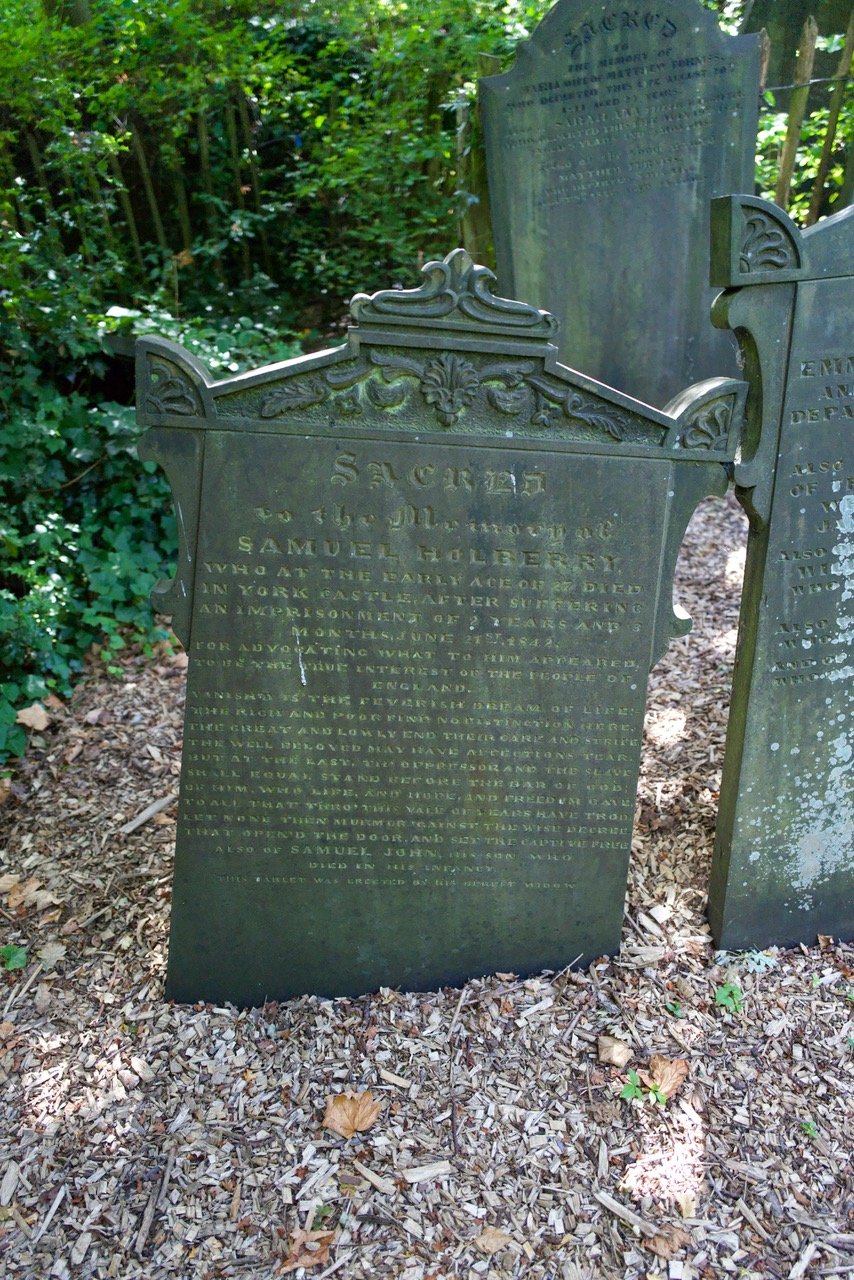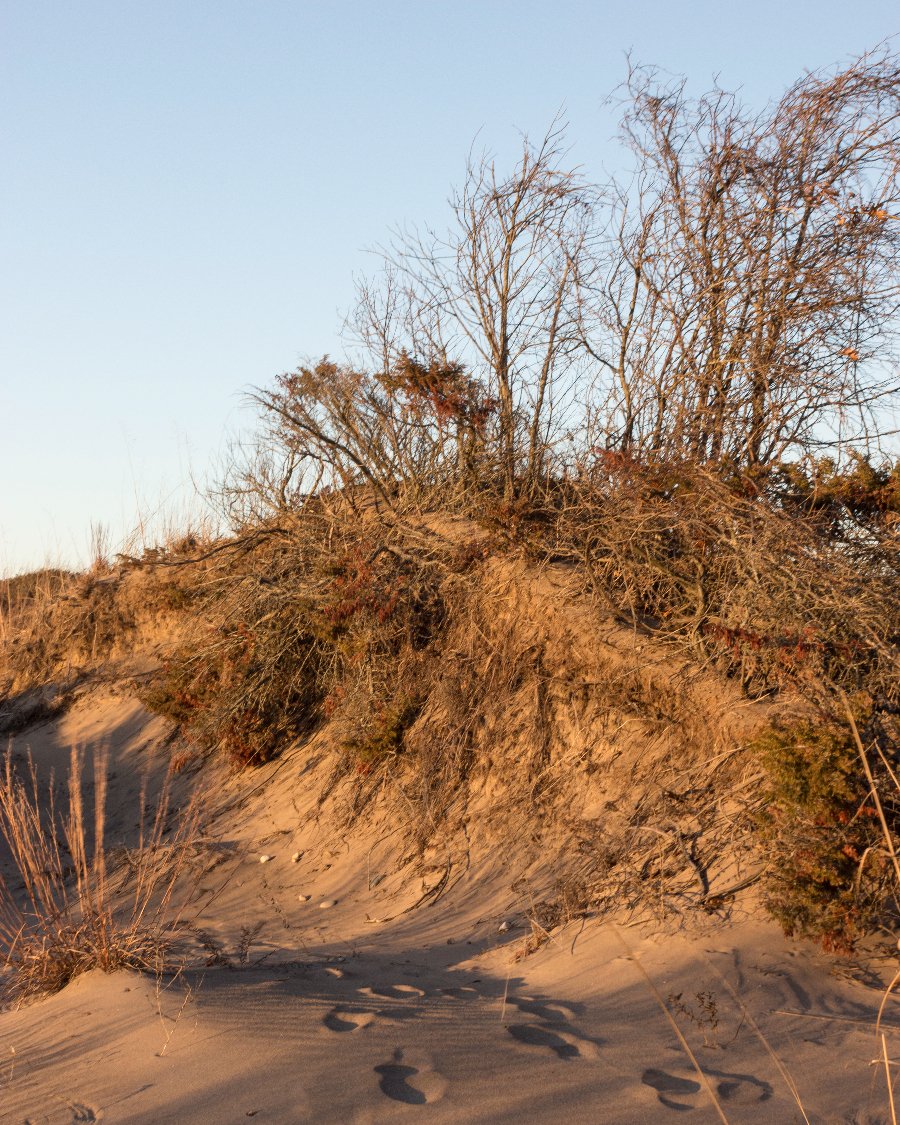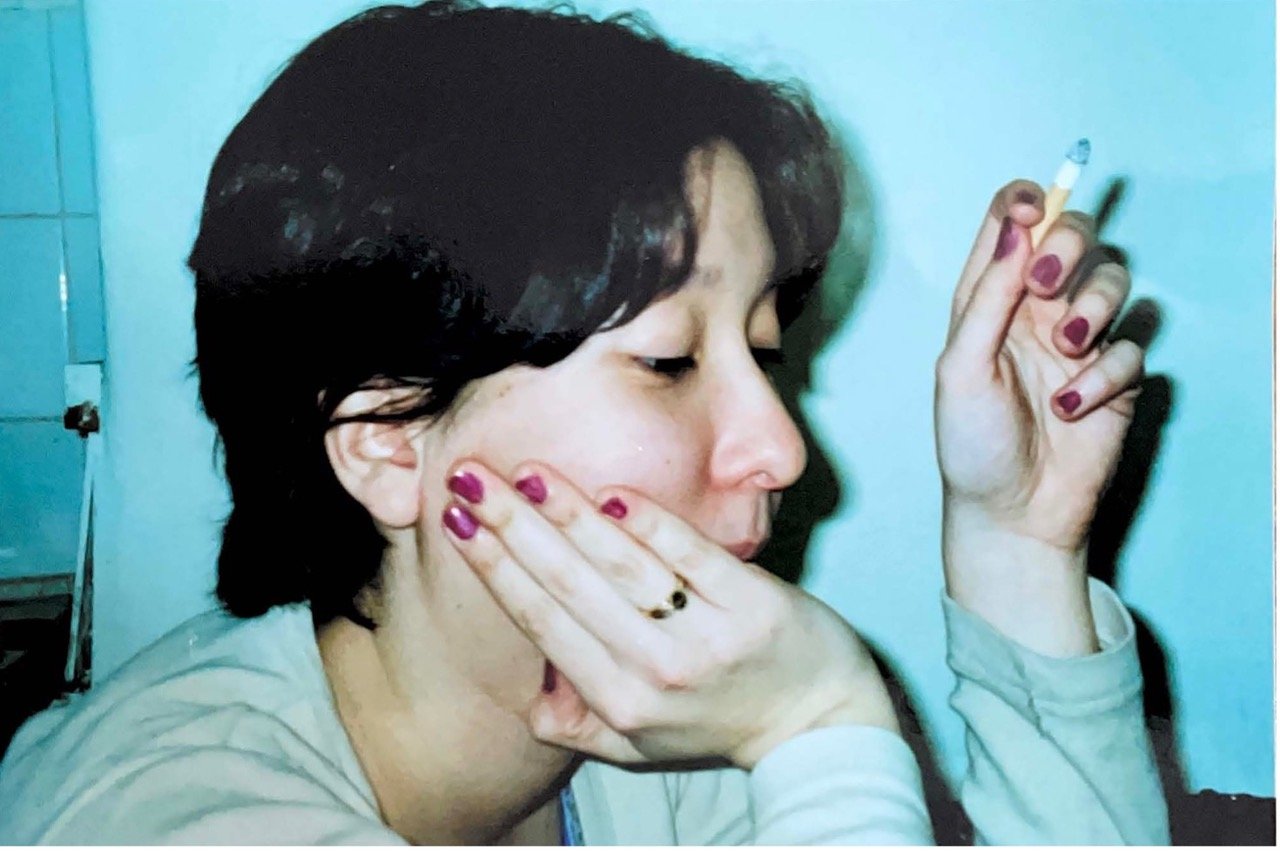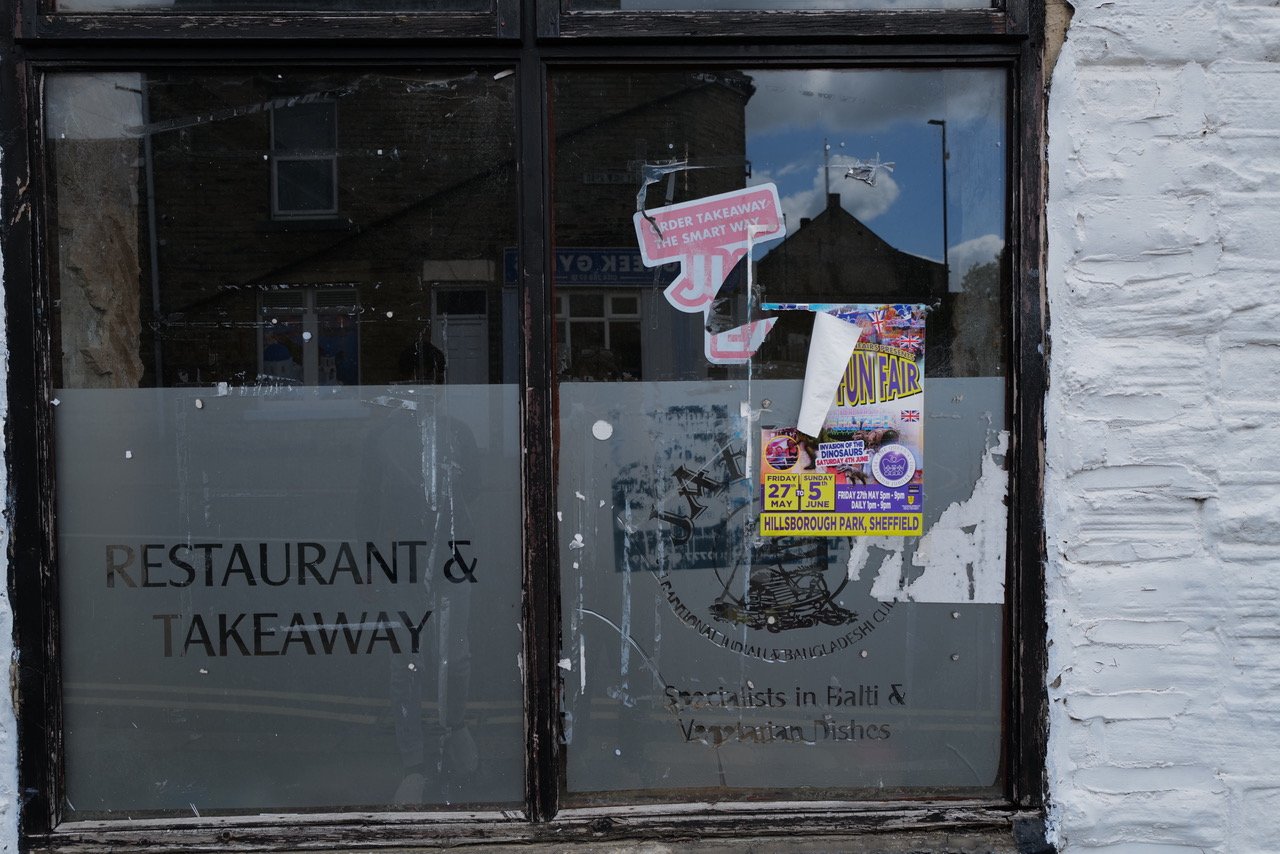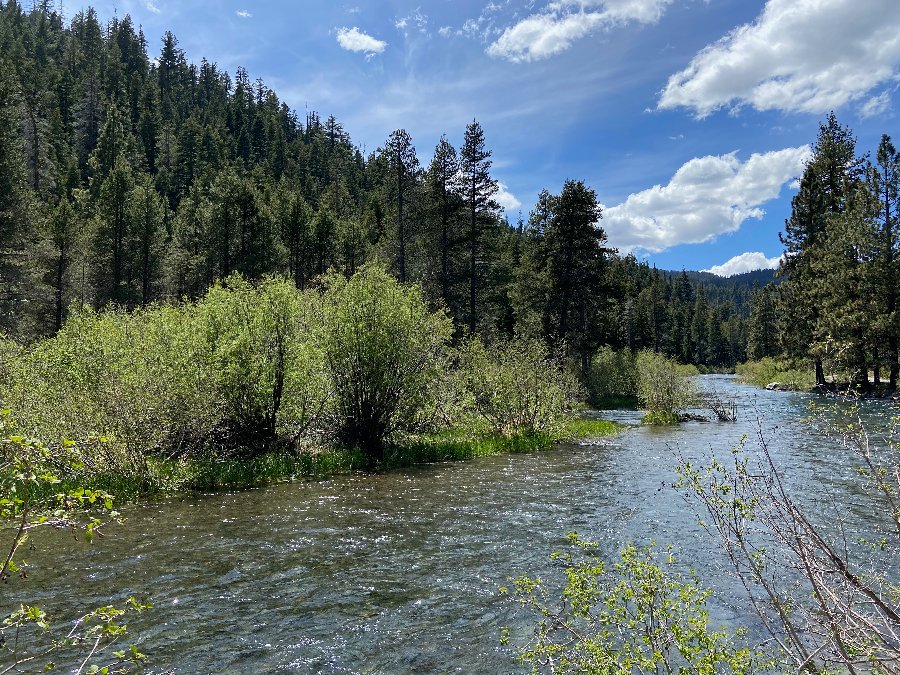Sheffield General Cemetery
/By Sarah Alwin:
Walking is a habit that I have come to appreciate more as I have grown older, being perhaps more naturally attuned to the lure of the motor vehicle and a slightly horrified witness to the end of its golden age. The first time I was allowed behind the wheel of my parents’ car was when I was seventeen in 1995. It was a Honda Civic which my mum had astutely insisted on buying over any other make as it had been Car of the Year in 1984. It was a terrifying experience for my dad, even though we were in the relative safety of a deserted car park near where we lived on the breezy West Coast of Singapore. In fact it had such an impact on us both that I didn’t actually learn to drive until I was almost 21 and my dad played no further part in it, having died not long after that first test drive, though not as the result of trauma from that event I should add. It’s one of my funnier, fonder memories of him: his pulling up the handbrake and telling me that perhaps this was enough and shouldn’t we head back for dinner, to which, shell-shocked, I agreed without protest. I have always liked to jump in a car, either as a passenger inevitably nodding off to the soporific rhythms of the engine like a milk addled baby or as the driver, the promise of excitement just round the corner, armed with an A to Z or roadmap. Even the routine commute to work has in the past had the appeal of solidarity and often hilarity generated by the car pool or when undertaken solitarily as in recent years, the moments of quiet, cocooned in the seal of the horseless carriage, speeding down the motorway, or, more usually, stuck in rush hour traffic.
Now middle age has allowed me to enjoy a walk more. I used to run, and felt good doing it. Until I didn’t. My knees and hips still protest at the damage done running daily in my thirties, and my body in its forties has so far appreciated a good walk instead. And so the whoosh and vroom of my wheels or the urgency of the run has given way to the slower, more wholesome pleasures of a ramble. I have a lovely friend who once told me that she was a committed pedestrian and even though I rolled my eyes internally, she really meant it so that I wouldn’t go out of my way to give her a lift and I do appreciate her turn of phrase. I am certainly not a committed pedestrian (yet!) but may be one day.
In this one respect — walking a round walk — I was quite well prepared for the UK brand of lockdowns in the pandemic, switching to daily walking once for an hour in that first iteration of restrictions with relative ease in comparison to all the other adjustments life had in store during those slightly surreal times. I rediscovered some windy snickets and lesser used paths in those bright days when the weather was just uncharacteristically gorgeous, cloudless, and un-English, walking for pleasure and release rather than to work.
During consecutive rounds of restrictions I found a favourite walk and a place of sanctuary and intense contentment. I avoided the more popular parks, eschewing them in favour of the quieter spots near my home. This takes me neatly to the Sheffield General Cemetery, or ‘gen-cem’ as it is sometimes affectionately known. It is probably my closest green space and woefully underused by the many people who live in the vicinity. My children have been going there for years, first to hobble round the gravestones when they were toddlers, and then latterly unaccompanied by me to meet friends for football in the often overgrown central patch of grass which flattery would call a field. It turns out that this open grassy area had many more graves on it until the 1970s when some bright spark bought up the land, wanted to build houses on it, cleared the headstones (but not the remains!), applied for planning permission, didn’t get it, sold the land for a nominal fee back to the council... In all, between the cemetery’s inception in 1834, its opening in 1836 and its closure in 1978, 87,000 people were buried there, which is hard to believe given its diminutive acreage.
The Gatehouse – Sheffield General Cemetery.
There’s a wonderful radio programme by Tania Hershman, Who Will Call Me Beloved? (you should definitely check it out on BBC Sounds) and I listened to it for the first time on my way to swimming, taking a shortcut through the cem. It was recommended to me by a friend, Shaun, who I have only met briefly, once, at a conference but he was so warm and kind and I follow him on Twitter, and he is somehow part of my life now, exemplifying the very best and most miraculous part of social media. The programme is beautiful and Hershman contemplates what she would like inscribed on her gravestone as she walks through and discovers more about the lives of the people buried in the Southern Cemetery in Manchester. The first time I listened to it I had just read Bee Reaved by Dodie Bellamy which is a selection of her essays about the death (and life) of her lifelong partner Kevin Killian. Bellamy writes so beautifully and disgustingly about everything, not just death, and this book stays with me in my head and my heart. Hershman’s is a moving programme which sits well in tandem with Bellamy actually, about love and living and remembrance and I have listened to it more than a few times as I make my way around the cem. I like the sound of Hershman’s voice: soothing and serious, reflective and exploratory. It’s a multi-sensory experience and I like the juxtaposition of other people’s lives in Manchester on the lives of those lying in the gen-cem here in Sheffield. I like to listen to podcasts on the way round or actually mainly French synthy pop or any kind of easy dance music of the reassuringly numbing variety so that I don’t have to concentrate on lyrics but can walk to a standard four-four rhythm and allow my deep fried brain a gentle haziness. It’s leafy and quiet and there’s always a sense of calm even if on the odd occasion you catch a gathering of fervent dogs and their walkers or the enthusiastically demented toddlers from the nearby forest school schlepping about in all weathers.
The cemetery is not a maudlin place for me; rather it is one for contemplation before work or unwinding after. Sometimes it is a cool, shaded route to Ecclesall Road for the bus or shopping, and other times it is the shortcut to the railway station or town. Mostly though it’s a pleasant and extremely short round walk, a way of recharging efficiently. It is beautiful in all weathers, especially in winter when the bright of the snow sets off the gothic and abandoned Anglican chapel at the top of the cem so dramatically.
The Anglican Chapel looking extra Gothic in the winter.
Another wintery snap – the cemetery is teeming with life all year round.
Recently, long overdue works have begun to shore up the foundations of some of the structures in the cemetery: repairs to the catacombs, walkways, and some of the more sumptuous and overwrought memorials. This work has disrupted my walks, taking me on different paths as JCBs and workmen close down familiar routes. The voluntary team from the Sheffield General Cemetery Trust who tend the cemetery so dutifully continue their talks and events with good cheer and so it happens that I attend one at the start of August on a bright, hot afternoon with my mother who I have not seen for three years to find out a little about the history of the gen-cem and its inhabitants.
The ongoing works to the cemetery … sometimes taking me on different paths.
The catacombs were not that popular as a final resting place – they were an idea borrowed from France that didn’t travel so well. Nonetheless work is being undertaken to avoid their collapse here.
The loveliest thing about this tour is that it reminds me that Sheffield is a place not only of industry but also, necessarily, of subversion. There are many beautiful monuments to the big names of the men who were cornerstones of the economic success of this city, but most pulsating, poignant, belligerent of all is the more modest grave stone of the Chartist and agitator, Samuel Holberry, who died in York Castle at the tender age of 27 after being made to work the treadmill illegally, a punishment which sounds barbaric and desperate. Peter Wingfield, our volunteer tour guide, tells us that in death, Holberry became a martyr and 50,000 people came to the funeral, which was a big deal at a time when the entire population of Sheffield only totaled 150,000. The Chartists were trying to secure the vote for working men. It is so moving to see Holberry’s headstone which is in the non-conformist section of the cemetery and today reads as urgently as ever: a utopian, idealistic epitaph.
The Samuel Holberry grave
His headstone reads:
SACRED
Is the Memory of
SAMUEL HOLBERRY
WHO AT THAT EARLY AGE OF 27 DIED
IN YORK CASTLE, AFTER SUFFERING
AN IMPRISONMENT OF 2 YEARS AND 8
MONTHS, JUNE 21st 1842,
FOR ADVOCATING WHAT TO HIM APPEARED
TO BE THE TRUE INTEREST OF THE PEOPLE OF
ENGLAND
VANISHED IS THE FEVERISH DREAM OF LIFE:-
THE RICH AND POOR FIND NO DISTINCTION HERE,
THE GREAT AND LOWLY END THEIR CARE AND STRIFE
THE WELL BELOVED MAY HAVE AFFECTIONS TEAR
BUT AT THE LAST, THE OPRESSOR AND THE SLAVE
SHALL EQUAL STAND BEFORE THE BAR OF GOD:
OF HIM, WHO LIFE, AND HOPE, AND FREEDOM GAVE,
TO ALL THAT THRO’ THIS VALE OF TEARS HAVE TROD.
LET NONE WHEN MURMUR ’GAINST THE WISE DECREE
THAT OPEN’D THE DOOR, AND SET THE CAPTIVE FREE.
Also of SAMUEL JOHN, his son who
Died in his infancy.
This tablet was erected by his bereft widow.
I love the ornate language, particularly the line vanished is the feverish dream of life, which I will later embroider onto a tote bag in the evening while watching Netflix or cricket. Many founding fathers of Sheffield, and great men and women are buried here. But this is the one final resting space that feels the most remarkable to me, and I was glad to have taken the time to attend the tour if only to know about this grave. The Sheffield General Cemetery Trust started as the Friends of the General Cemetery and is run entirely by volunteers. They are cool people.
We leave Peter and the rest of the tour at the refurbished non-conformist Samuel Worth Chapel, where there are teas and cakes laid out for weekend visitors. He tells me quietly and generously that if I want to know anything more I can come and find any of them by the main Gatehouse on Tuesdays, as that is when the volunteers meet to garden and tend to the grounds. You could bob down there too if you are in Sheffield and want a moment of quiet and a gentle, shaded walk. You might see me stalking Holberry’s graveside or haunting the gloomy Anglican Chapel before work.
You can find out more about the Sheffield General Cemetery and the work of the Sheffield General Cemetery Trust here: gencem.org
***
Sarah Alwin is a special needs teacher and PhD researcher working on domestic space in South East Asian literature. She is half Dutch and half Singaporean and has lived in Sheffield for 27 years. She co-produces and co-hosts a weekly review programme, Radioactive, on a community radio station, Sheffield Live 93.2FM.








